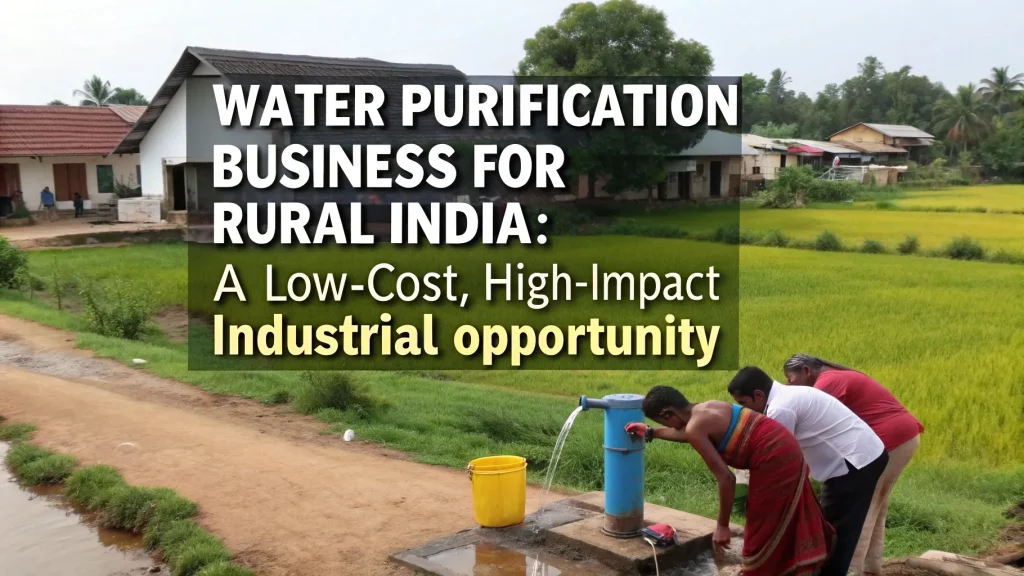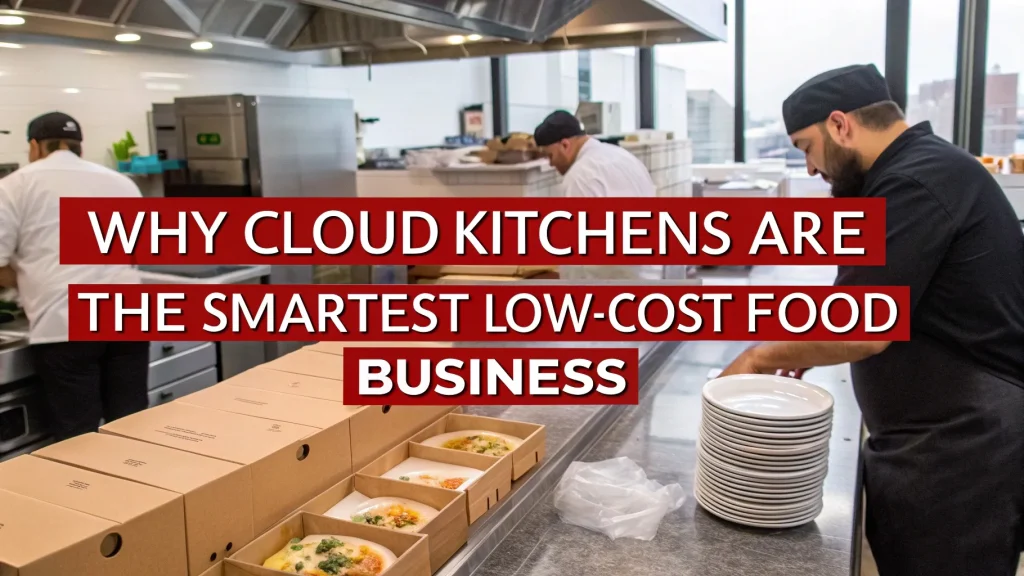In the evolving world of agriculture and food production, one of the most promising trends is the production of value-added dairy products. Unlike traditional milk or basic dairy items, value-added dairy products undergo additional processing, packaging, or enhancement to increase their market value, shelf life, and appeal to consumers. For farmers, entrepreneurs, and food manufacturers, creating value-added dairy products opens the door to higher profitability, brand differentiation, and customer loyalty. But what exactly are value-added dairy products, and why are they becoming increasingly important in today’s food economy?
Understanding the Concept of Value-Added Dairy Products
Value-added dairy products are dairy-based items that have been transformed beyond their original state to enhance their value through additional processing, unique ingredients, packaging innovations, or extended shelf life. These products not only offer greater financial returns to producers but also deliver more variety and quality to consumers. Examples include flavored yogurts, artisanal cheeses, probiotic drinks, ghee, dairy-based desserts, and fortified milk.
For instance, when raw milk is processed into cheese, not only is the product shelf-stable and appealing to a wider audience, but it also allows farmers and producers to command higher prices. Similarly, turning milk into flavored yogurt or kefir introduces health benefits, different textures, and tastes, thus elevating the product’s overall market demand.
In short, value-added dairy products represent innovation and creativity within the dairy sector, bridging the gap between consumer trends and traditional farming practices.
Economic Benefits of Value-Added Dairy Products
One of the primary motivations for producing value-added dairy products is the economic advantage. Traditional dairy farming often involves selling raw milk at low margins, which are highly dependent on market volatility and transportation logistics. However, by converting raw milk into specialty products, dairy producers can retain more profit locally, reduce dependency on middlemen, and improve overall economic sustainability.
For small-scale dairy farmers, this approach provides a unique opportunity to compete with larger corporations by targeting niche markets. Whether through organic certification, locally sourced branding, or ethnic and cultural dairy recipes, small and mid-sized producers can carve out loyal customer bases willing to pay premium prices.
Moreover, value-added dairy products open the door to export opportunities. Many countries are witnessing increased demand for high-quality dairy goods, especially those with natural ingredients or cultural significance. Indian ghee, French cheese, or Scandinavian butter, for example, are all products with global appeal when positioned correctly.
Types of Value-Added Dairy Products
The variety of value-added dairy products is vast and continues to grow with changing consumer preferences. Here are some common categories:
-
Cheese: From mozzarella to cheddar, blue cheese to paneer, cheese is a classic example of adding value to milk. Artisanal and organic cheeses are particularly sought after.
-
Yogurt and Flavored Yogurt: Plain yogurt is nutritious, but when combined with fruits, sweeteners, or probiotic cultures, it becomes a product with added health benefits and taste appeal.
-
Butter and Ghee: Traditional dairy fats like cultured butter or clarified ghee have culinary and medicinal uses, especially in Ayurvedic and ethnic cuisines.
-
Ice Cream and Frozen Desserts: These are high-value dairy items often targeting the luxury or indulgent consumer segments.
-
Probiotic Drinks and Kefir: Health-conscious consumers gravitate toward gut-friendly fermented dairy drinks, which blend function and flavor.
-
Condensed and Evaporated Milk: These are used in baking and cooking and have longer shelf lives, making them popular in packaged foods and exports.
-
Whey Protein and Dairy Powders: Extracting proteins and drying them into powder forms allows manufacturers to serve the fitness and infant nutrition markets.
Each of these value-added dairy products brings unique challenges in terms of processing and regulation but offers lucrative returns if managed well.
Consumer Trends Fueling the Demand for Value-Added Dairy Products
Today’s consumers are more informed, health-conscious, and adventurous than ever before. This evolution has directly impacted the popularity of value-added dairy products. The following trends are especially influential:
-
Health and Wellness: Products rich in calcium, probiotics, and vitamins are in high demand. Fortified milk and functional yogurts are examples.
-
Flavor Variety: Consumers enjoy trying different tastes like fruit-flavored yogurts, spiced buttermilk, or gourmet cheeses.
-
Clean Labels and Transparency: Shoppers seek products with simple, natural ingredients and traceable origins.
-
Ethical and Sustainable Choices: Dairy items labeled as “organic,” “grass-fed,” or “cruelty-free” appeal to ethical consumers.
-
Convenience and Packaging: Ready-to-drink milkshakes or individually portioned cheese slices suit busy lifestyles and single-person households.
These preferences are pushing manufacturers and dairy entrepreneurs to innovate continuously, ensuring that value-added dairy products stay ahead in the competitive food sector.
Starting a Value-Added Dairy Business
Launching a business centered around value-added dairy products requires a strategic approach. Key steps include:
-
Market Research: Identify what products are in demand in your target region or demographic.
-
Product Development: Work with food technologists or chefs to perfect recipes and ensure food safety compliance.
-
Licensing and Certifications: Comply with food safety standards, local FSSAI (in India), or equivalent regulatory bodies abroad.
-
Branding and Packaging: Create an identity that resonates with consumers—labels, sustainability, origin stories, etc.
-
Distribution Channels: Sell through local markets, online platforms, health food stores, or export opportunities.
-
Quality Control: Invest in hygiene, consistent supply chains, and customer feedback mechanisms.
Because the dairy sector is capital intensive, funding through cooperatives, government schemes, or partnerships may be essential. In India, schemes like the Dairy Entrepreneurship Development Scheme (DEDS) support small dairy startups with financial and technical aid.
Challenges in Value-Added Dairy Product Manufacturing
Despite the promise, producing value-added dairy products comes with hurdles. These include:
-
Perishability: Dairy has a short shelf life, necessitating cold chain logistics.
-
Regulatory Compliance: Stringent food laws and standards can be difficult to navigate.
-
Capital and Infrastructure: Requires investment in equipment like pasteurizers, fermentation tanks, cold storage, etc.
-
Consumer Education: Convincing customers to try newer dairy variants can take time and effort.
-
Competition: Large FMCG brands dominate supermarket shelves, posing a barrier to entry for smaller players.
Yet, with innovative products and a loyal customer base, many of these barriers can be overcome through careful planning and resilience.
The Future of Value-Added Dairy Products
The future of value-added dairy products is bright and dynamic. With increasing demand for specialized nutrition, functional foods, and gourmet experiences, dairy entrepreneurs have a unique window of opportunity. Innovation in packaging, processing technology, and ingredient sourcing will continue to shape the industry.
Furthermore, with the rise of e-commerce and direct-to-consumer delivery models, even rural producers can now tap into urban or even international markets. Whether you’re a dairy farmer looking to move up the value chain or an investor exploring agribusiness, venturing into value-added dairy products could be both profitable and sustainable.
Conclusion
Value-added dairy products are not just about profit—they’re about innovation, nutrition, sustainability, and responding to a changing consumer landscape. From flavored yogurts to ghee and cheese to probiotic drinks, the possibilities are immense. With the right planning, knowledge, and dedication, anyone in the dairy value chain can harness this opportunity for long-term success. As global food preferences evolve and local markets expand, the demand for value-added dairy products is only expected to grow—making now the perfect time to explore this rewarding sector.





